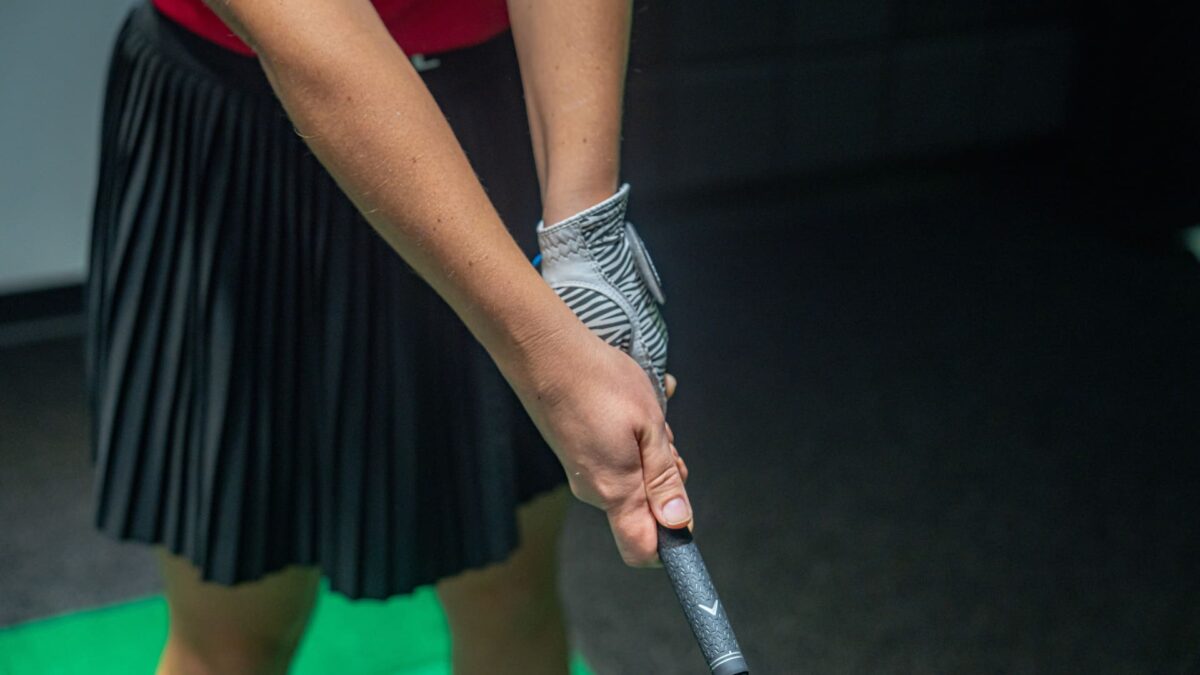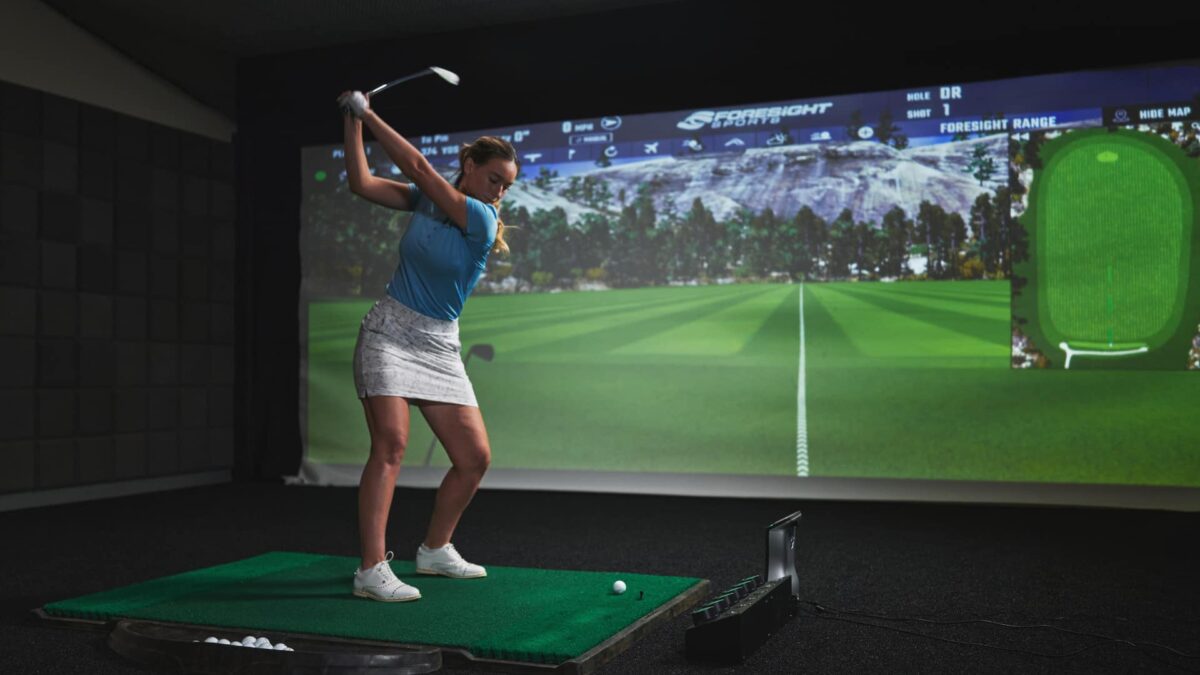Perfecting Your Backswing: A Step-by-Step Guide to Better Golf
In the world of golf, the backswing is not just another part of your game; it’s the foundation upon which everything else is built. Whether you’re a beginner or a seasoned player, mastering the backswing can set the stage for a successful shot, improving both your accuracy and power.
This guide aims to walk you through the essential steps to perfecting your backswing, making it accessible and easy to follow for golfers of all levels.
Understanding the Basics of a Proper Golf Backswing
What is a Backswing?
The backswing is the initial part of your golf swing, where you move the club away from the ball to gain momentum for the downswing. It’s a critical component of the entire swing sequence, as it sets the tone for the power and direction of your shot. A well-executed backswing ensures that you’re positioned correctly to strike the ball with both precision and force.
The Importance of a Proper Golf Backswing
A correct backswing is essential for a strong, accurate shot. It directly impacts the power you generate and your overall performance on the course. A well-formed backswing helps maintain balance, allows for a smooth transition into the downswing, and ultimately leads to a more controlled and effective strike.
Step-by-Step Guide: How to Backswing Golf
Step 1: Set Up for Success
The foundation of a good backswing starts with the right stance and grip. Feet should be shoulder-width apart, knees bent slightly, and weight evenly distributed. Your grip should be firm yet relaxed, allowing for smooth movement. This setup is crucial for a proper golf backswing, as it provides stability and control throughout the swing.
Step 2: The Takeaway
The takeaway marks the beginning of the backswing. It’s a smooth, controlled movement that sets the tone for the rest of your swing. As you move the club back, keep it low to the ground and ensure that your arms and shoulders move together. This synchronized movement is key to achieving a smooth, consistent backswing.
Step 3: Achieving the Right Swing Plane
Maintaining the correct swing plane is vital for consistent shots. As you lift the club, make sure it follows the natural arc of your body, avoiding any deviation. Keeping the club on the correct path ensures that your swing remains balanced and that you’re set up for a solid impact.
Step 4: Rotating the Shoulders
Shoulder rotation is where you generate much of your swing’s power. Turn your shoulders while keeping your lower body stable, allowing for a coiled motion that stores energy for the downswing. Proper shoulder rotation is essential for a strong and controlled backswing.
Step 5: The Top of the Backswing
At the top of the backswing, the club should be positioned behind your head, parallel to the ground. This position is critical for controlling the power and direction of your swing. Ensuring the club is in the right spot allows for a smooth transition into the downswing, leading to more accurate and powerful shots.
Common Mistakes to Avoid
- Over-Rotation – Over-rotating during the backswing can throw off your balance and disrupt your swing’s rhythm. It’s important to rotate your shoulders without overextending, keeping the movement controlled and within your body’s natural range.
- Lack of Balance – Maintaining balance throughout the backswing is crucial. Shifting your weight too far in any direction can lead to an unstable swing, reducing your shot’s accuracy and power. Focus on keeping your weight centered and your stance solid.
- Incorrect Grip Pressure – Gripping the club too tightly can hinder your swing’s fluidity. A firm but relaxed grip allows for smoother movement and better control throughout the backswing. Remember, tension in your hands can lead to tension in your swing, so keep it light.
Golf Backswing Tips for Improvement

Tip 1: Use Drills to Perfect Your Backswing
Incorporate drills into your practice routine to fine-tune your backswing. Drills like the towel drill or the one-arm swing can help you develop the correct movements and improve muscle memory.
Tip 2: Focus on Tempo
A consistent tempo is key to a successful backswing. Practice swinging with a smooth, even rhythm, avoiding any jerky movements. A steady tempo helps maintain balance and control, leading to better shots.
Tip 3: Visualize Your Swing
Visualization is a powerful tool for improving your backswing. Before taking a shot, picture the perfect swing in your mind. This mental rehearsal can help you execute a more consistent and effective backswing.
Why Choose GOLFTEC, Dubai for Your Golf Training
GOLFTEC, a golf academy in Dubai, offers top-tier golf instruction tailored to your needs. Their professional instructors provide personalized coaching, ensuring that you master the backswing and other key aspects of your game. With state-of-the-art technology, GOLFTEC tracks your swing in real-time, allowing for precise adjustments that lead to proven results. Many golfers have seen significant improvements in their game after training at GOLFTEC, making it the go-to destination for those serious about golf.
Wrapping Things Up
Perfecting your backswing is a journey that requires patience, practice, and the right guidance. By following the steps outlined in this guide and avoiding common mistakes, you now know how to backswing golf to enhance your performance on the course. Whether you’re looking to improve your accuracy, power, or overall game, GOLFTEC, Dubai is here to help you achieve your golfing goals. Visit today for a personalized assessment and start perfecting your backswing.





